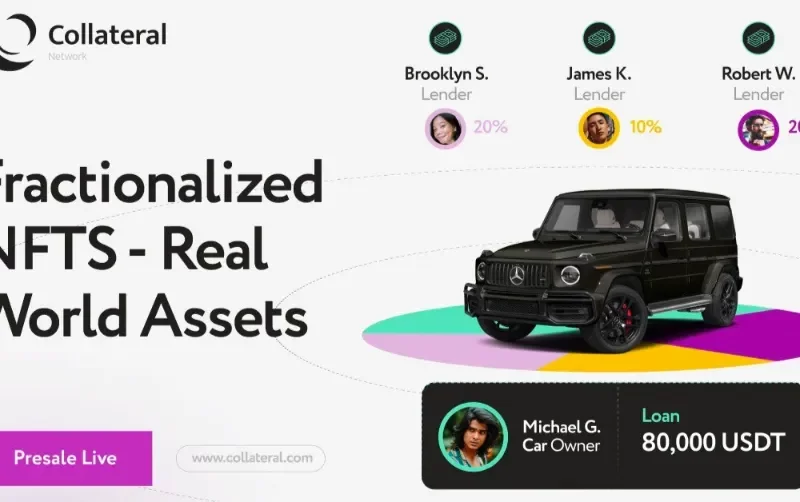Beginner cryptocurrency traders are frequently drawn to four coins:
These decentralized powerhouse coins will be stacked one on top of the other in this article.
Crypto Coin Vs Crypto Token: What’s the Difference?
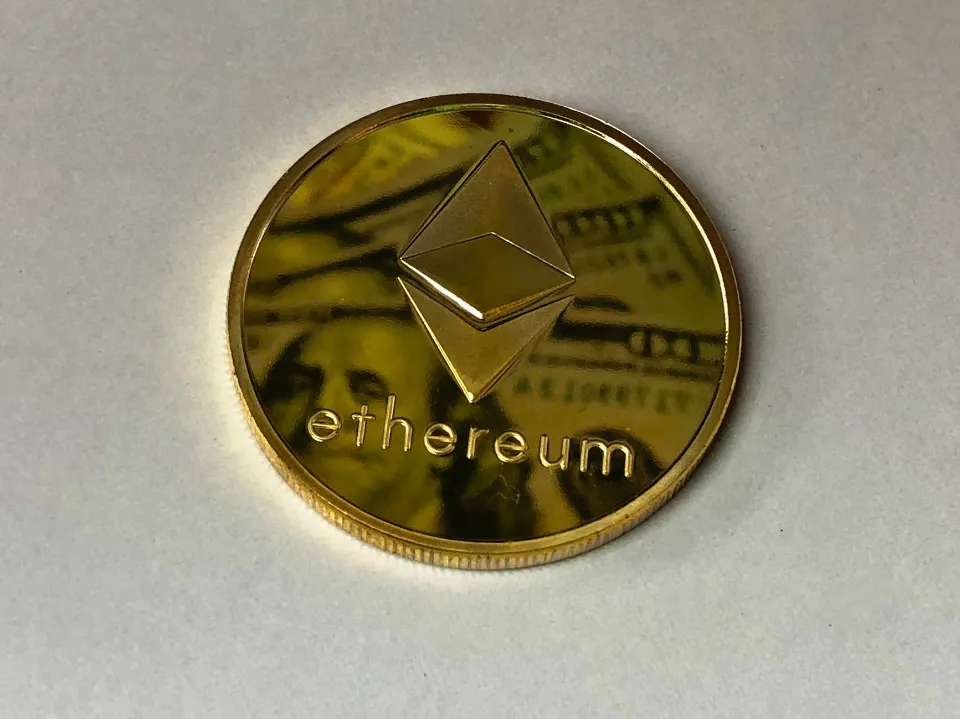
The fact that all of the cryptocurrencies on our list are cryptocurrency “coins” should be noted.
A blockchain’s native medium of exchange is cryptocurrency. Each network can hold only one coin. However, blockchain technology is the foundation for crypto tokens. Per network, there might be a lot of crypto tokens. Tokens are what stablecoins are really all about.
Ether, for example, is the native coin of the Ethereum network. On the other hand, Ethereum supports thousands of different applications, the majority of which have their own tokens.

Proof-of-work Vs Proof-of-stake Vs Proof-of-history
Each cryptocurrency on our list has a special “consensus mechanism” of its own. This determines how a network’s users come to an understanding of its current state. Additionally, it determines whether you are able to “stake” cryptocurrency. We’ll now look into these!
- Proof-of-Work (PoW): a….., and the.., and the.., and the.., and the.., and the.., and the. All of the transactions in the most recent block are added to the blockchain once this puzzle has been solved. The winning miner in this competition receives cryptocurrency as payment. Bitcoin (BTC) is a PoW coin.
- Proof-of-Stake (PoS): In PoS blockchains, a random computer is chosen by a network to do the math necessary to verify and validate all the transactions in a block. Random selection is used to determine the “validator” from the network. You have to’stake’ the naive coin of that network in order to become a validator. A PoS coin is called ether (ETH).
- Proof-of-History (PoH): In order to boost security, PoH is frequently used in conjunction with PoW or PoS networks. In short, the PoH consensus mechanism proves that time has indeed passed by using timestamps. Solana (SOL) is a combined PoS and PoH coin.
What is Bitcoin and How Does It Work?
- Symbol: BTC
- Market Cap: 364B
- Consensus Mechanism: Proof-of-work
- Staking: No
- Fees: High
- Launch Date: 2009
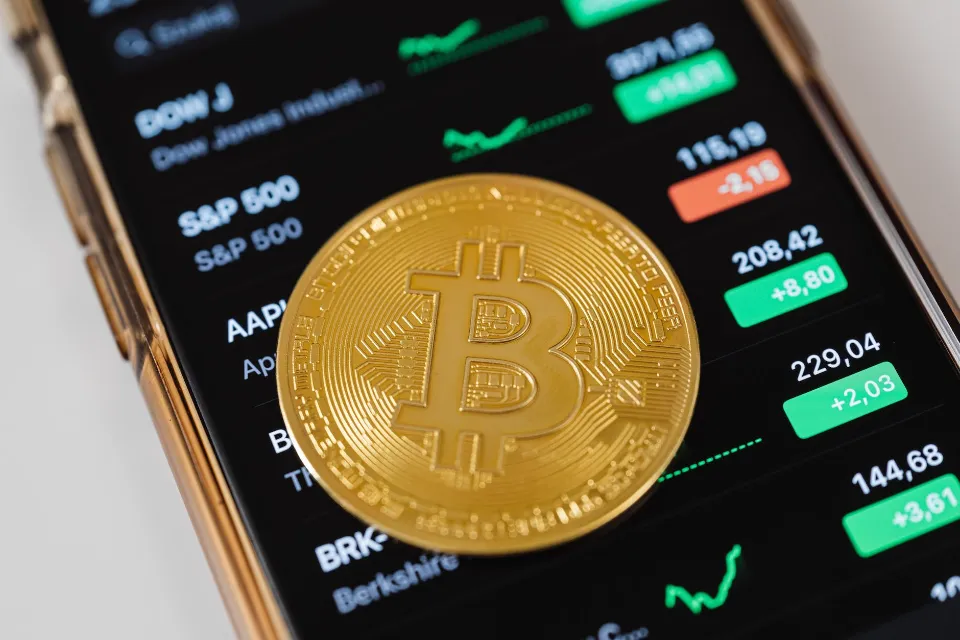
Bitcoin, founded in 2009 by Satoshi Nakamoto, was the first successful blockchain network to launch. Bitcoin (like all coins on our list) is a decentralized digital currency that operates on a peer-to-peer network.
All blockchain networks, including the Bitcoin network, can be viewed as digital ledgers. The unique quality of this ledger is that it cannot be changed. Once a translation goes into a block, and that block gets added to the blockchain, it can never be changed.

The blockchain network used by Bitcoin is the most secure one in existence. Additionally, it is one of the most expensive and slowly-moving blockchains in use. Because of this, Bitcoin is primarily used as a store of value, similar to how digital gold is used. The utility of every other coin on our list is higher, but security is not.
Bitcoin Pros and Cons
| Bitcoin Pros Extremely secure store of value High liquidity Most accepted crypto in the world | Bitcoin Cons High transaction fees Slow network speed – 7 transactions per second (tps) Limited decentralized finance (DeFi) presence |
What is Ethereum and How Does It Work?
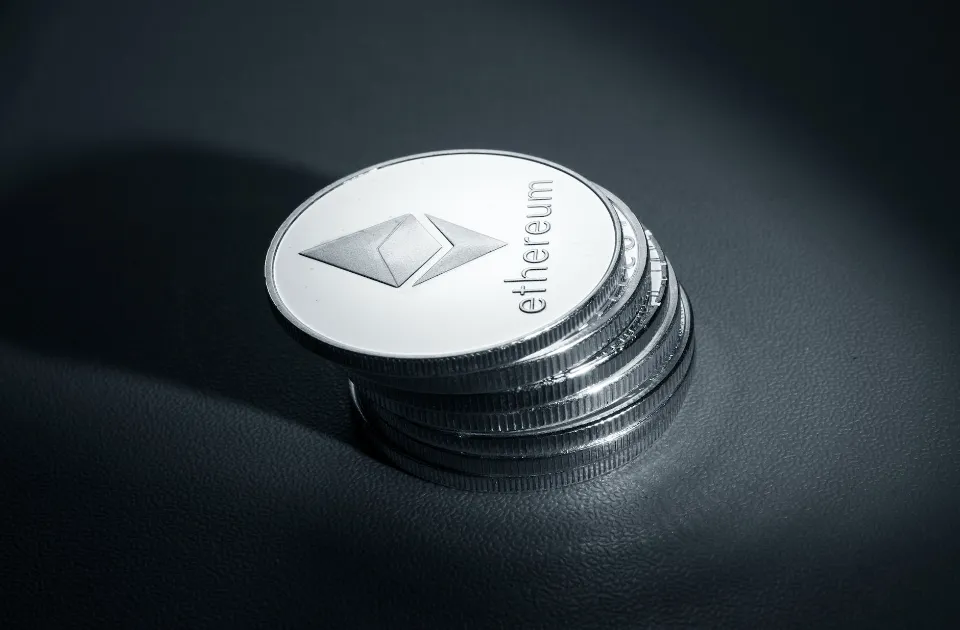
- Symbol: ETH
- Market Cap: 161B
- Consensus Mechanism: Proof-of-stake
- Staking: Yes
- Fees: High
- Launch Date: 2015
The decentralized blockchain network Ethereum, established in 2015 by Vitalik Buterin, powers ether (ETH), the second-most popular cryptocurrency in the world. Ether is an example of an altcoin, which is a cryptocurrency that is not bitcoin.
The Ethereum network, like the Bitcoin network, is capable of validating and keeping track of all transactions in its blocks. Ethereum, however, has one major advantage over Bitcoin: in addition to storing basic transactions in its blocks, it can also store code, or ‘smart contracts’. Solidity is the programming language used to write smart contracts in Ethereum.
In Web3, the newest decentralized version of the internet, these smart contracts can be combined to create decentralized applications (dApps).
Web3’s financial division is known as decentralized finance (DeFi). In DeFi, crypto participants can lend/borrow, stake, and even become liquidity providers in DEXs (decentralized exchanges). Most DeFi protocols work inside the Ethereum ecosystem.
Ethereum is also the best blockchain platform for buying and selling NFTs (non-fungible tokens). Similar to online collectibles, these tokens are one-of-a-kind and distinctive.
Note: Proof-of-stake is now the default consensus method for Ethereum, replacing proof-of-work. The “Merge,” an occasion, will pave the way for sharding on Ethereum 2.0 in 2023. Sharding will significantly lower transaction costs and boost transaction throughput.
Ethereum Pros and Cons
| Ethereum Pros Ethereum is able to store transactions and run code (smart contracts) Large Web3 presence, with emphasis on DeFi All ERC20 tokens in the Ethereum blockchain are interoperable | Ethereum Cons High transaction (gas) fees Relatively slow network speed – 30 transactions per second (TPS) Slightly more volatile than bitcoin |
What is Polygon and How Does It Work?
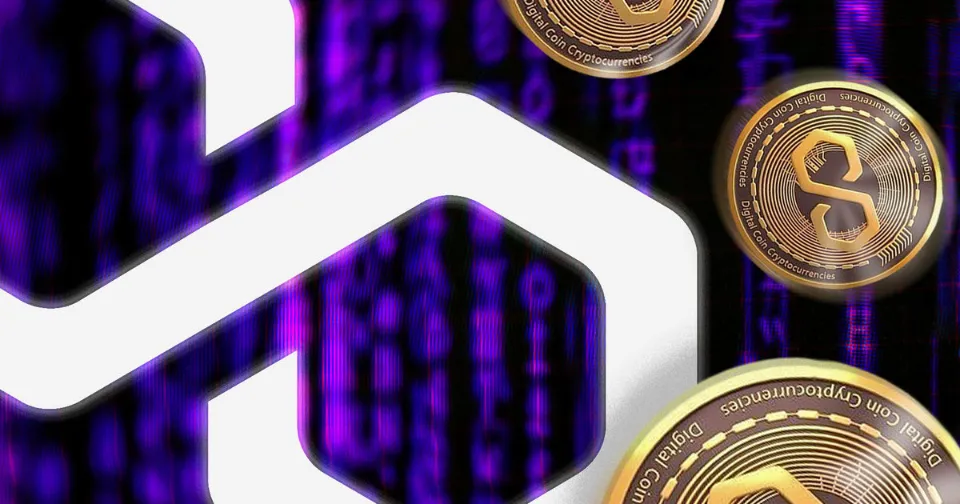
- Symbol: MATIC
- Market Cap: 7.3B
- Consensus Mechanism: Proof-of-Stake
- Staking: Yes
- Fees: Low
- Launch Date: 2017
Built to address the scalability issues within Ethereum, Polygon is an open-course blockchain that was introduced in 2017. Polygon is actually a side-chain to Ethereum. This layer 2 scaling solution leverages the power of Ethereum while offering its users cheaper rates, more scalability, and faster speeds than the Ethereum mainnet.
The network was originally known as “Matic” before being renamed to “Polygon,” and this is the native token for the platform.
Polygon has a lower level of security than Ethereum due to its side-chain status. It also lacks Ethereum’s wide adaptability. However, Polygon is beginning to catch up with Ethereum, particularly in the NFT (non-fungible token) space.
Polygon Pros and Cons

| Polygon Pros Very low transaction (gas) fees High transaction throughput Developer-friendly scaling framework | Polygon Cons Less adaptability than Ethereum Less secure than Ethereum Lower market cap & total value locked (TVL) than Ethereum |
What is Solana and How Does It Work?
- Symbol: SOL
- Market Cap: 11B
- Consensus Mechanism: Proof-of-stake & proof-of-History
- Staking: Yes
- Fees: Low
- Launch Date: 2019
Solana is a fast-growing layer 1 blockchain platform that supports smart contracts. Solana is an independent blockchain platform, in contrast to Polygon, which is dependent on the Ethereum ecosystem.
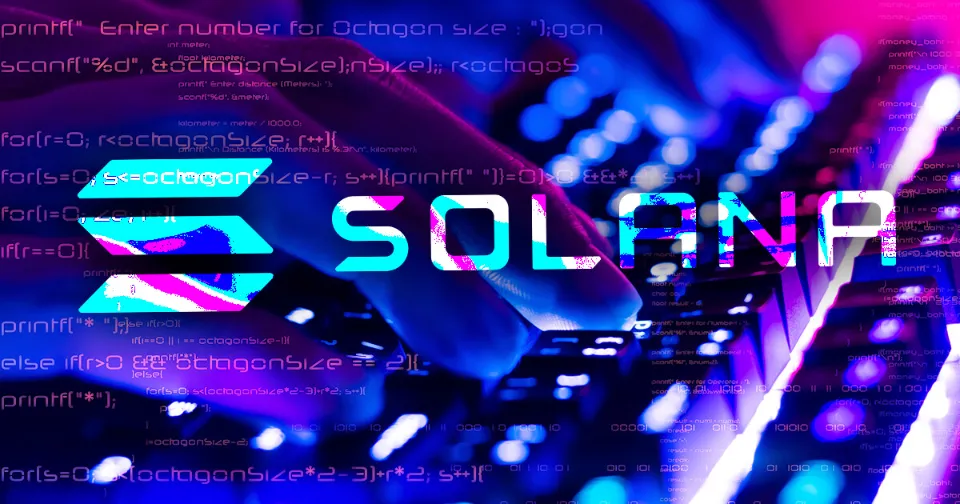
The Solana blockchain, which is sometimes referred to as an “Ethereum Killer,” has a lot in common with Ethereum. For instance, both blockchains aim to power decentralized applications using smart contracts that are stored in the network blocks.
The consensus mechanism of Solana is what makes it unique. Solana uses the same proof-of-stake algorithm as Ethereum, but adds the proof-of-history consensus algorithm.
Solana is beloved by both developers and users. It has incredibly high transaction throughput while keeping fees at rock-bottom prices. Unlike most networks, which tend to focus more on the blockchain itself, this blockchain tends to prioritize developer friendliness.
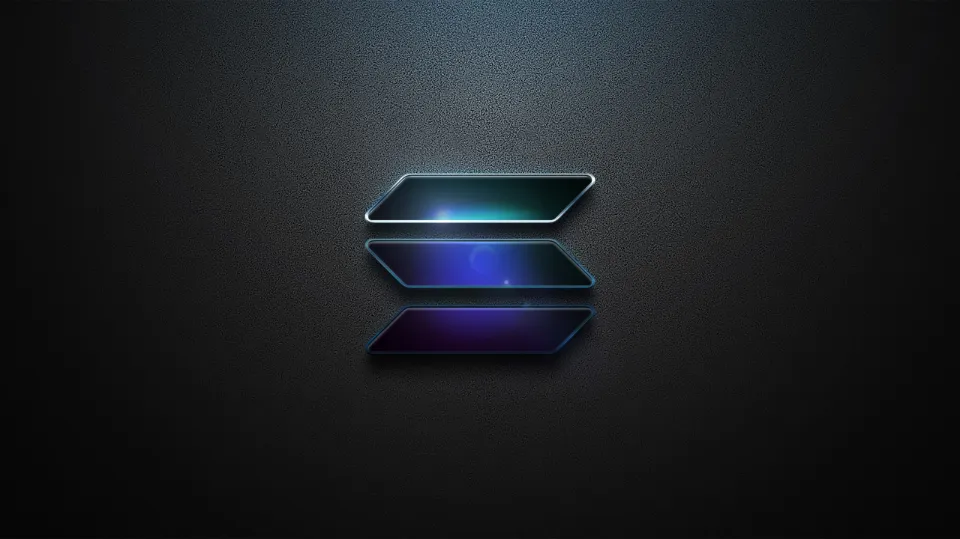
Like Polygon, Solana is becoming an increasingly popular blockchain technology for NFTs. The biggest NFT market in Solana is Magic Eden.
Solana Pros and Cons
| Solana Pros Very low transaction (gas) fees Very high transaction throughput (50k TPS) Developer-friendly technology | Solana Cons Less adaptability than Ethereum Less secure than Ethereum Less decentralization (fewer nodes) than Ethereum |
Bitcoin Vs Ethereum Vs Polygon Vs Solana: Performance
Let’s see how the four blockchains’ representative coins have done in the cryptocurrency market now that we have a general understanding of how they operate. Here are the names and images of our four coins as a reminder.
- Bitcoin: bitcoin (BTC)
- Ethereum: ether (ETH)
- Polygon: matic (MATIC)
- Solana: solana (SOL)
FAQs
What is Cardano and How Does It Work?
Charles Hoskinson launched Cardano (ADA) in 2017. This proof-of-stake cryptocurrency is similar to Ethereum in that smart contracts can be stored in its chain.
Is Solana Better Than Ethereum?
Solana is better than Ethereum when it comes to transaction fees and throughput. But Solana lacks Ethereum’s current broad adaptability.
Can Solana Overtake Ethereum?
At the moment, Solana is worth 11 billion dollars, while Ethereum is worth 160 billion. Solana’s eventual overtake of Ethereum will take some time.
Why Choose Polygon over Ethereum?
Transaction costs on the Polygon network are negligible to nonexistent when compared to Ethereum. Polygon, however, currently lacks Ethereum’s large ecosystem and developer adaptability.


